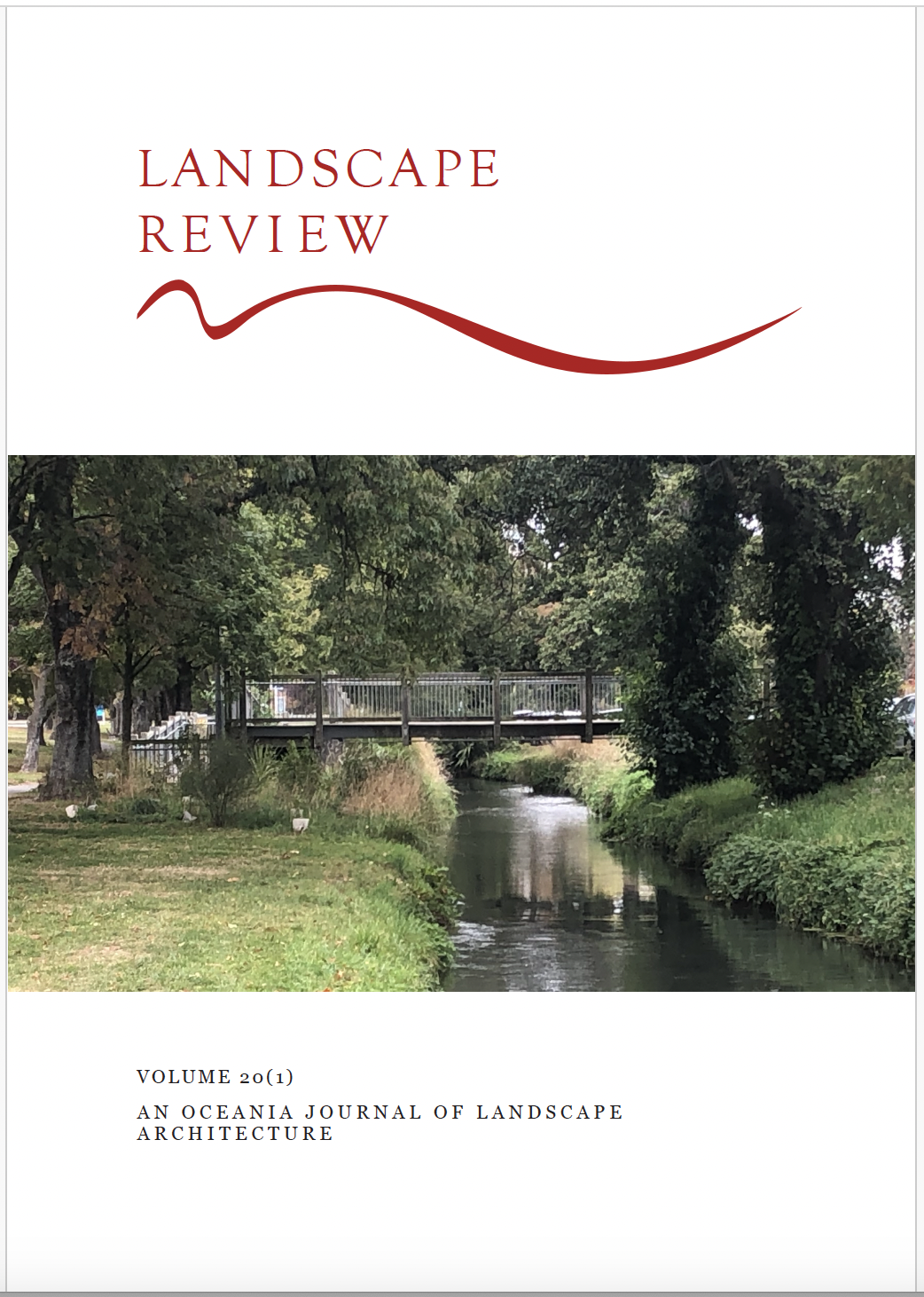Adaptive Flood Mitigation Planning: Harnessing the Maximum Capability of Strategic Green Stormwater Infrastructure
with video abstract
DOI:
https://doi.org/10.34900/lr.v20i1.1212Abstract
Flooding in low-lying coastal cities is expected to worsen with climate change, and planning for long-term flood mitigation is challenging due to high uncertainty in projections. There are risks associated with under- or over-investment in expensive grey infrastructure. Implementing green stormwater infrastructure (GSI) on strategically large private properties may be a lower-risk alternative. In our previous studies published in 2022 and currently under review, we found that the capability of industrial properties to supplement city flood mitigation was substantial. They could offset climate change impacts in the long term, even under a major climate change scenario, and reduce flood probabilities. In this article, we restate their potential as a case study of large private properties to draw more attention from practitioners and transfer scientific knowledge into practice. The maximum flood mitigation capabilities of large private properties can be met through networks of GSI facilities and a long-term adaptation plan that considers all possible approaches to implementing GSI over time. However, government regulations and policies are likely to be needed to support their implementation to the maximum capabilities.
Downloads
Downloads
Published
How to Cite
Issue
Section
License
Copyright (c) 2024 Suphicha Muangsri, Wendy McWilliam, Gillian Lawson

This work is licensed under a Creative Commons Attribution 4.0 International License.
Authors who publish with this journal agree to the following terms:- Authors retain copyright and grant the journal right of first publication with the work simultaneously licensed under a Creative Commons Attribution License that allows others to share the work with an acknowledgement of the work's authorship and initial publication in this journal.
- Authors are able to enter into separate, additional contractual arrangements for the non-exclusive distribution of the journal's published version of the work (e.g., post it to an institutional repository or publish it in a book), with an acknowledgement of its initial publication in this journal.
- Authors are permitted and encouraged to post their work online (e.g., in institutional repositories or on their website) prior to and during the submission process, as it can lead to productive exchanges, as well as earlier and greater citation of published work (See The Effect of Open Access).


